Bird City, Milwaukee County is a monthly column celebrating the 11 cities, towns, and villages that have achieved Bird City status within Milwaukee County. Citizens of these locations have made bird conservation a priority, protecting land, writing ordinances, and educating the public on issues concerning our avian neighbors. You can learn more about the Bird City Network by visiting its website. This month: the Village of Shorewood.
Last month I introduced the concept of “High Flyer” Bird City status in our trip to Greenfield, and we’re bringing it back with a look at the Village of Shorewood. It took everything within me to wait until May to post about this village. For my money, Shorewood has two of the most amazing birding spots within Milwaukee County due to the village keeping green space in two key locations. Shorewood’s boundaries hug Lake Michigan and the Milwaukee River, the two most important water sources for the county’s wildlife. Green space around these water sources attracts a wide breadth of birds across taxons, making for rich birding experiences.
Not only that, but citizens have rallied around conservation concerns to promote natural habitat throughout the community. The village has its own conservation committee and a robust friend’s group for Estabrook Park. Together, they make quick work of many invasive plant species, host year-round conservation events, work to minimize bird collisions, and promote green lawn care strategies. One of those strategies, No Mow May, is something we’ll cover in this month’s Q&A with Ryan Anderson of Midwest Grows Green, but before we do that let’s look into Shorewood’s two main birding destinations.
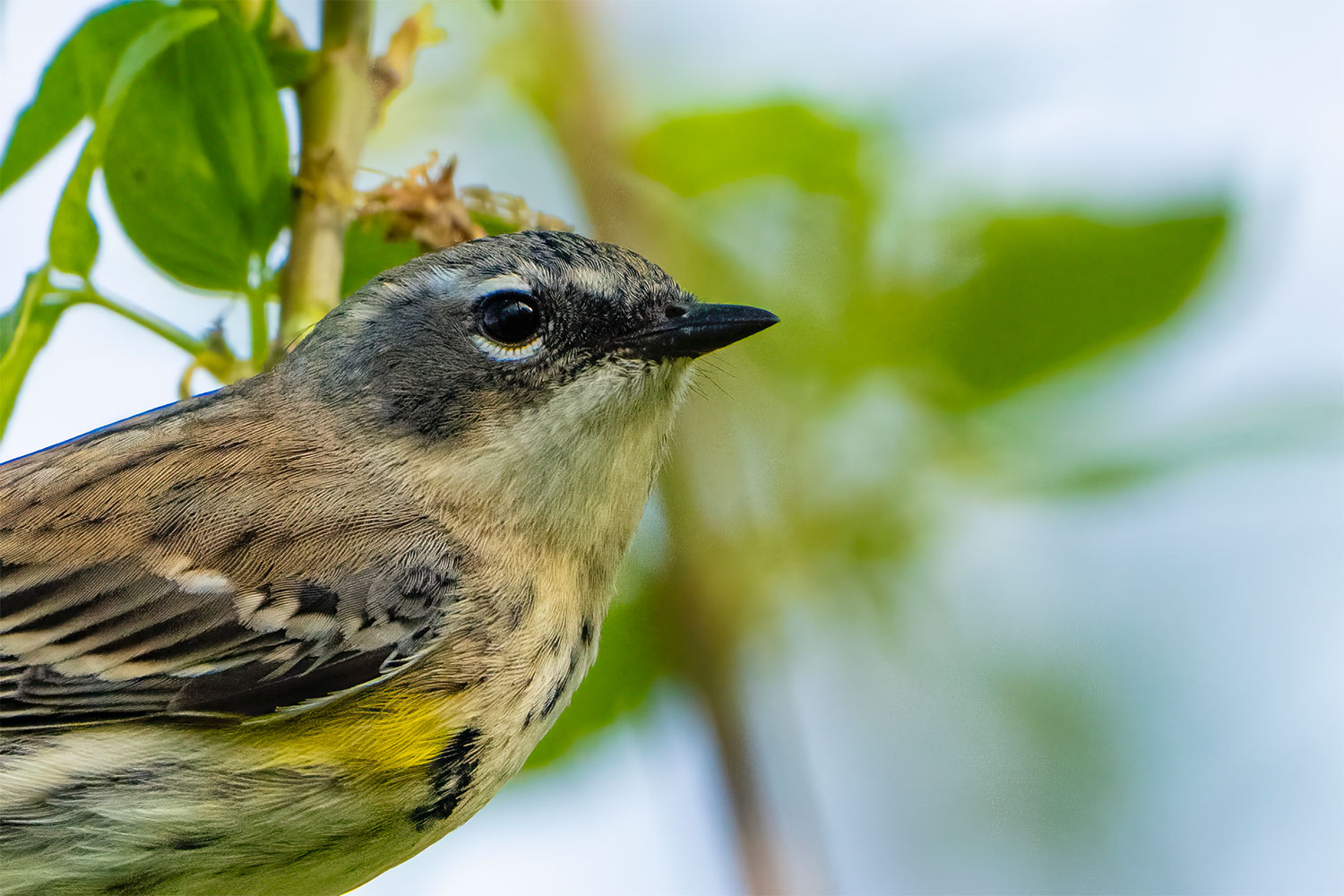
Yellow-Rumped Warbler
Back in February, I promised you I’d talk about warblers again, and that’s all because of our first stop, the Shorewood Nature Preserve. Created in 1982, Shorewood Nature Preserve is one of Milwaukee’s top migration destinations. You’ll have to navigate a precipitous path to enter the 8-acre woodland paradise that eventually leads to the shore of Lake Michigan, but the steady walk down (and back up) is worth it at the right time of year.
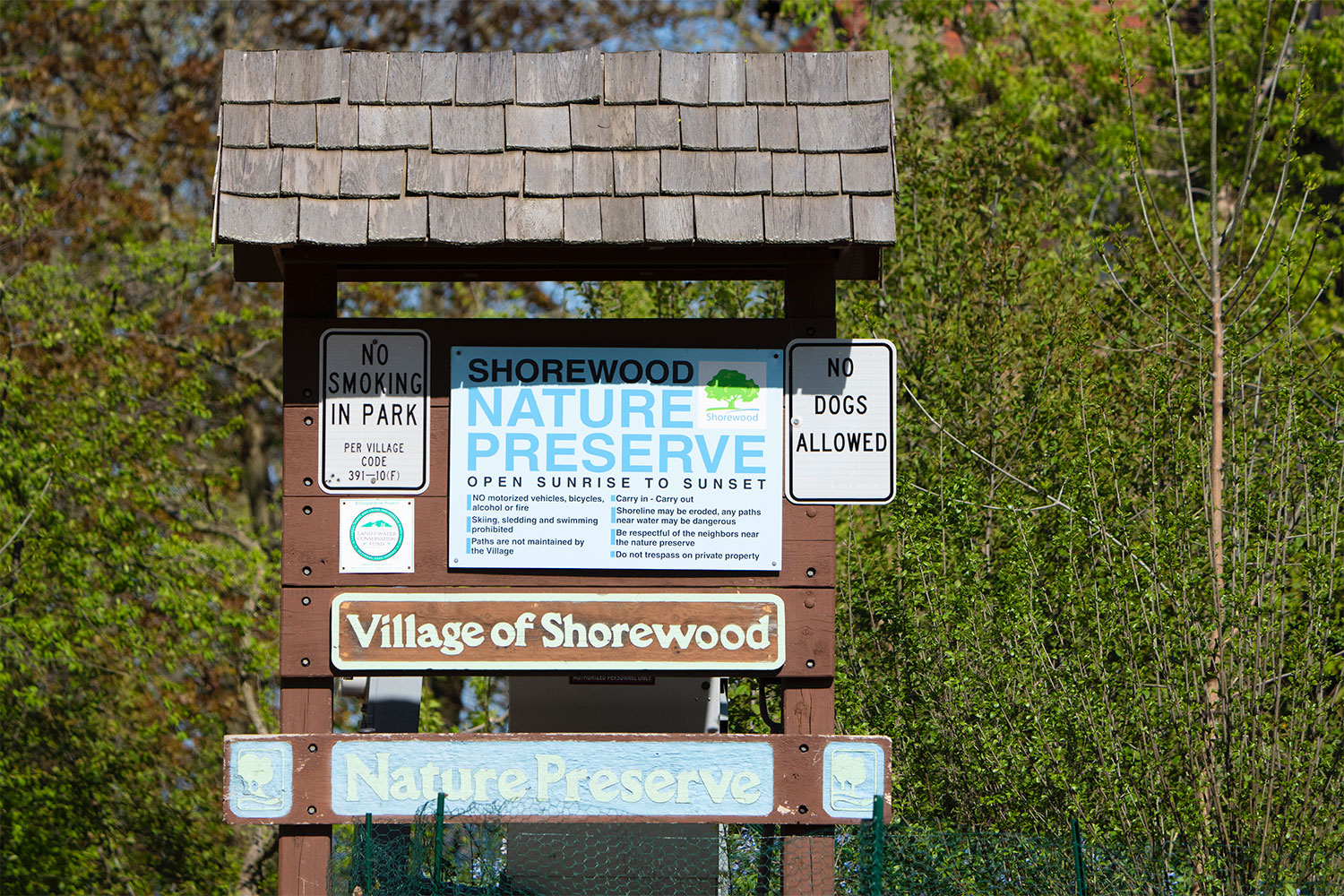
Bird watching throughout April and May leads to a whole host of small feathered critters, from colorful blackburnian warblers to teensy ruby-crowned kinglets, and you can expect to cross paths with any number of gull and waterfowl species at the lakeside. Two-hundred-twelve species have been spotted by eBirders, 34 of them warblers. Warbler species, and other migrants, have specific niche strategies placing them at different levels of the forest canopy. While black-throated green warblers prefer the canopy, white-throated sparrows and palm warblers are ground foragers. Since the area is heavily wooded and pathways are kept natural and to a minimum, it creates a space where these birds can rest up before continuing their journey north or south.
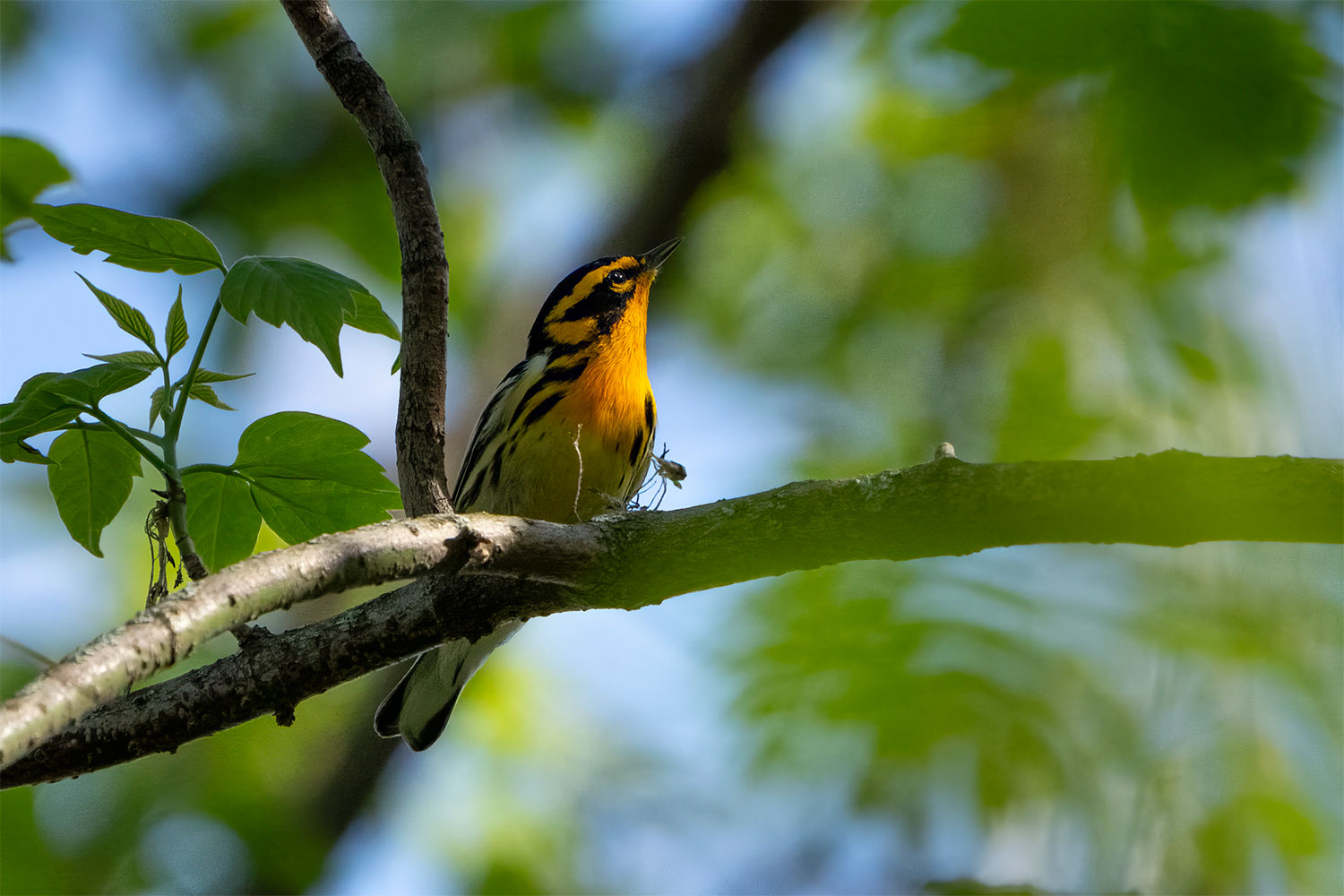
Backburnian Warbler
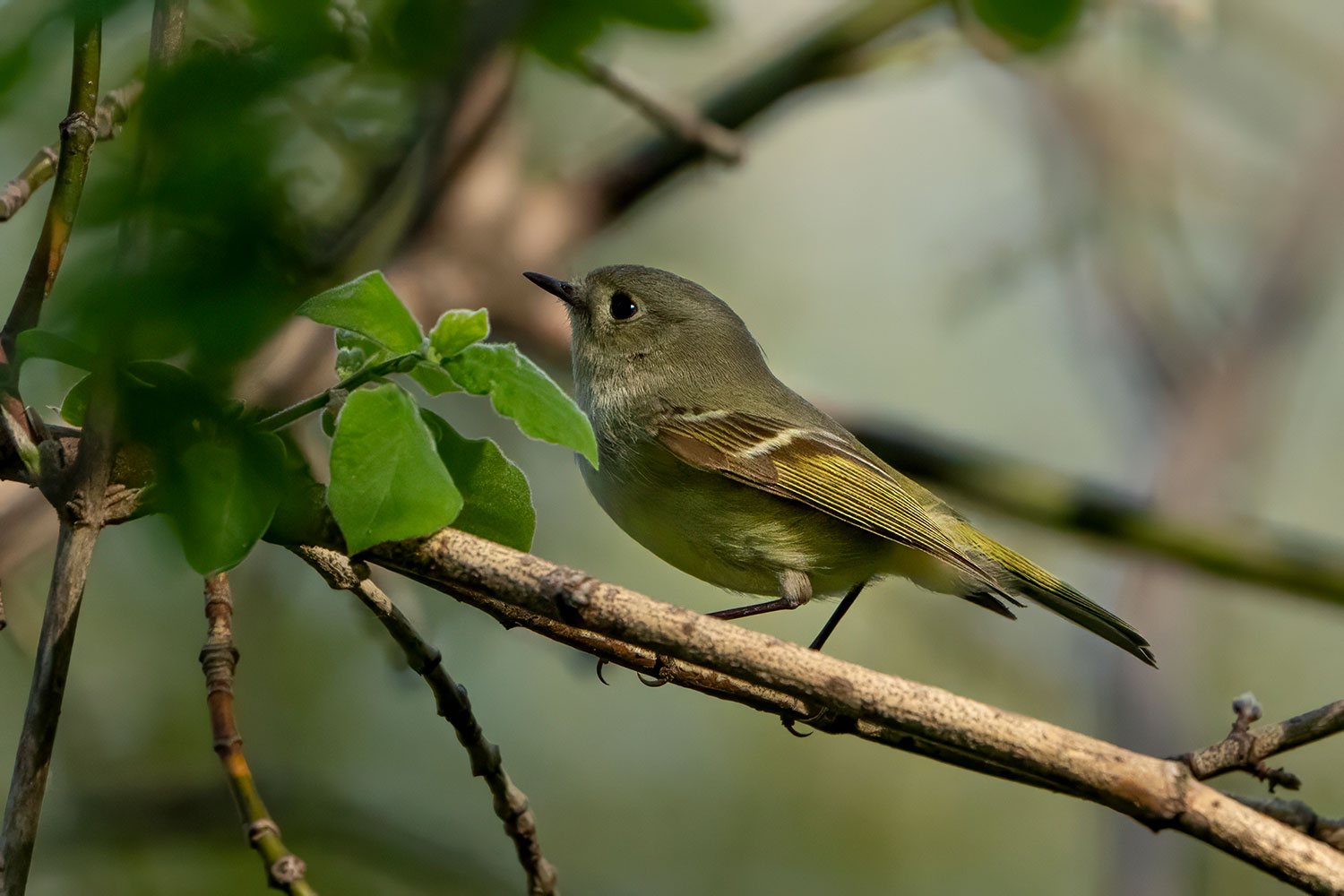
Ruby-Crowned Kinglet
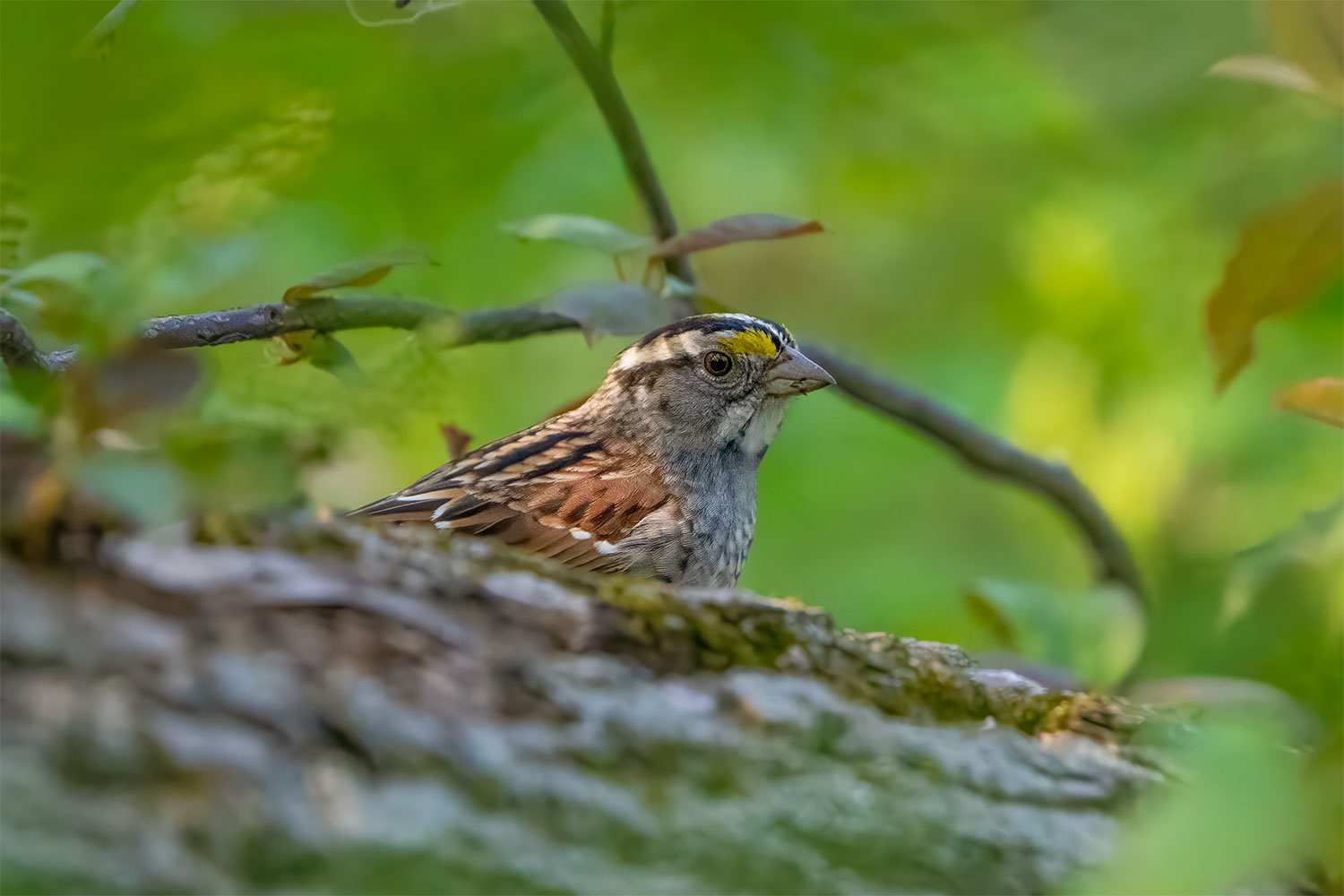
White-Throated Sparrow
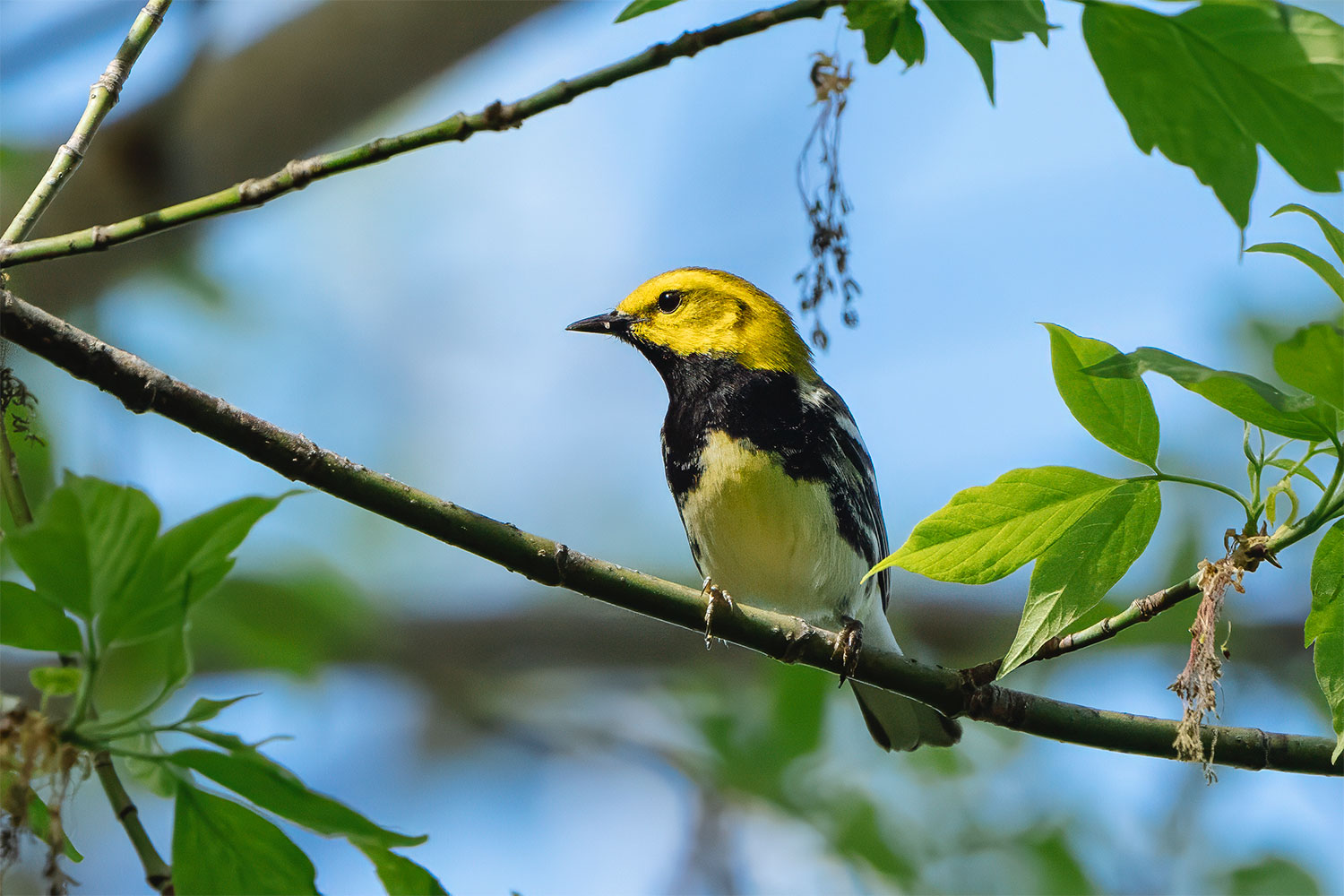
Black-Throated Green Warbler
Speaking of resting up, as a UWM graduate I always found Shorewood a cozy and comforting place. Nestled up against the upper East Side gives Shorewood a youthful depth. One of the village’s latest offerings, Love Cafe (3801 N. Oakland Ave.), is a spot I’d highly recommend checking into while you’re between birding adventures in Shorewood. The space screams zen…though zen doesn’t really scream.
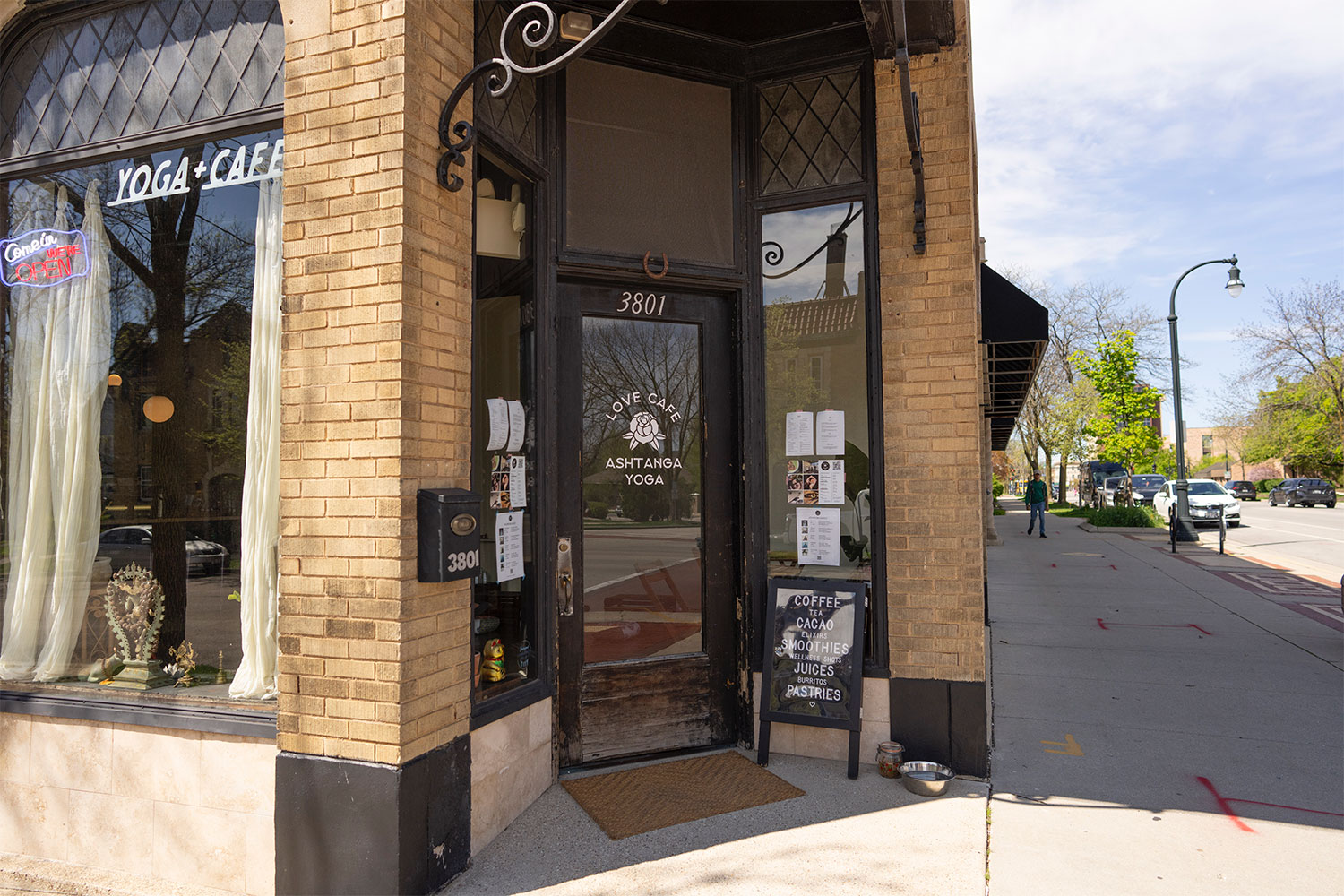
The spot’s only two months old, but I think it will be a hit with the college-aged and nature-minded crowds. Love Cafe specializes in cacao-based drinks, which are very earthy and trend on the bitter side. My wife loved their Follow Your Bliss drink, and we indulged in a rose cardamom cake donut. It had a deep sweetness that didn’t overstay its welcome, and it’s a gorgeous piece of bakery to look at. Love Cafe is all about wellness, offering yoga and other events that dive into Eastern philosophies. If you’ve got an open mind or are willing to try something unique I think you’ll find a home here. For us, it was a beautiful brief stop in between blissful birding.
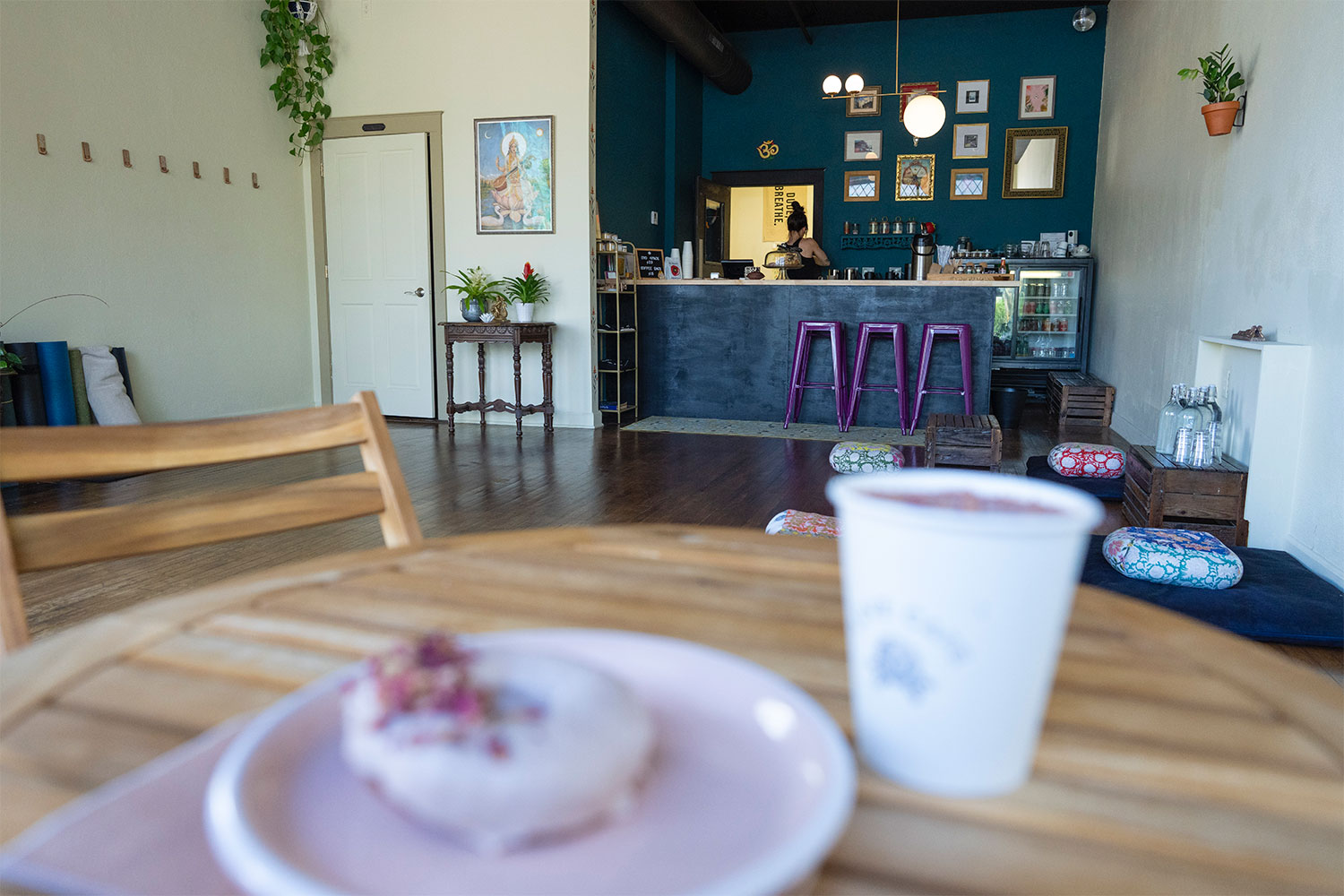
The other Shorewood bird hotspot that is close to my heart is Estabrook Park. People love it for its robust beer garden and disc golf course—I love it for its year-round birding. While Shorewood NP is only 8 acres, Estabrook is more than 100. The park has a lovely pond, attracting ducks, turtles, and geese. Taking the bluff stairway path down to the Milwaukee River gives you your best chance at seeing literally anything and everything. On an early morning, it’s not surprising to come across a coyote or family of white-tailed deer. The Milwaukee River is rarely fully frozen during the winter at Estabrook, so it becomes a magnet for everything from mallards and American robins to the adorable winter wren.
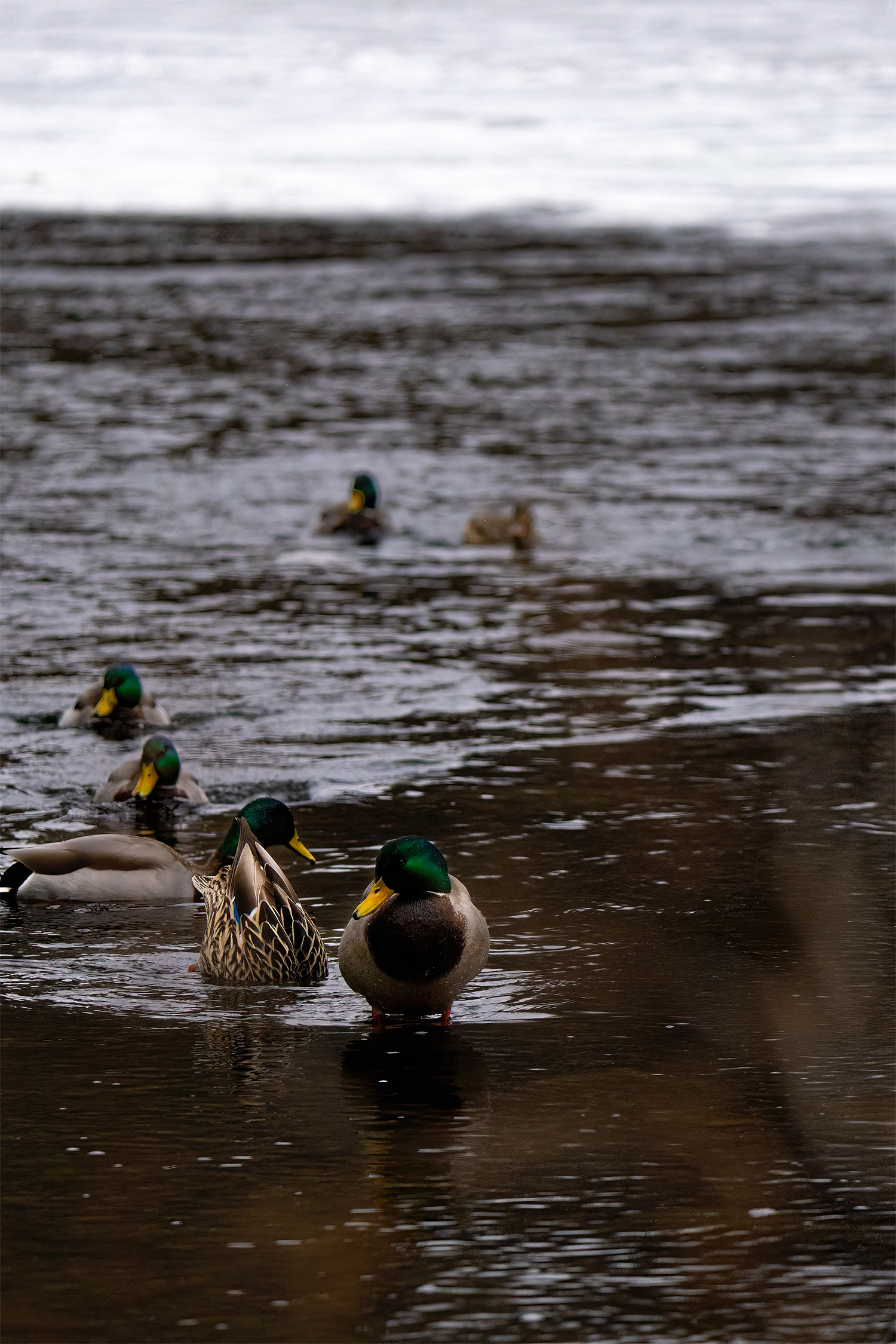
Mallards
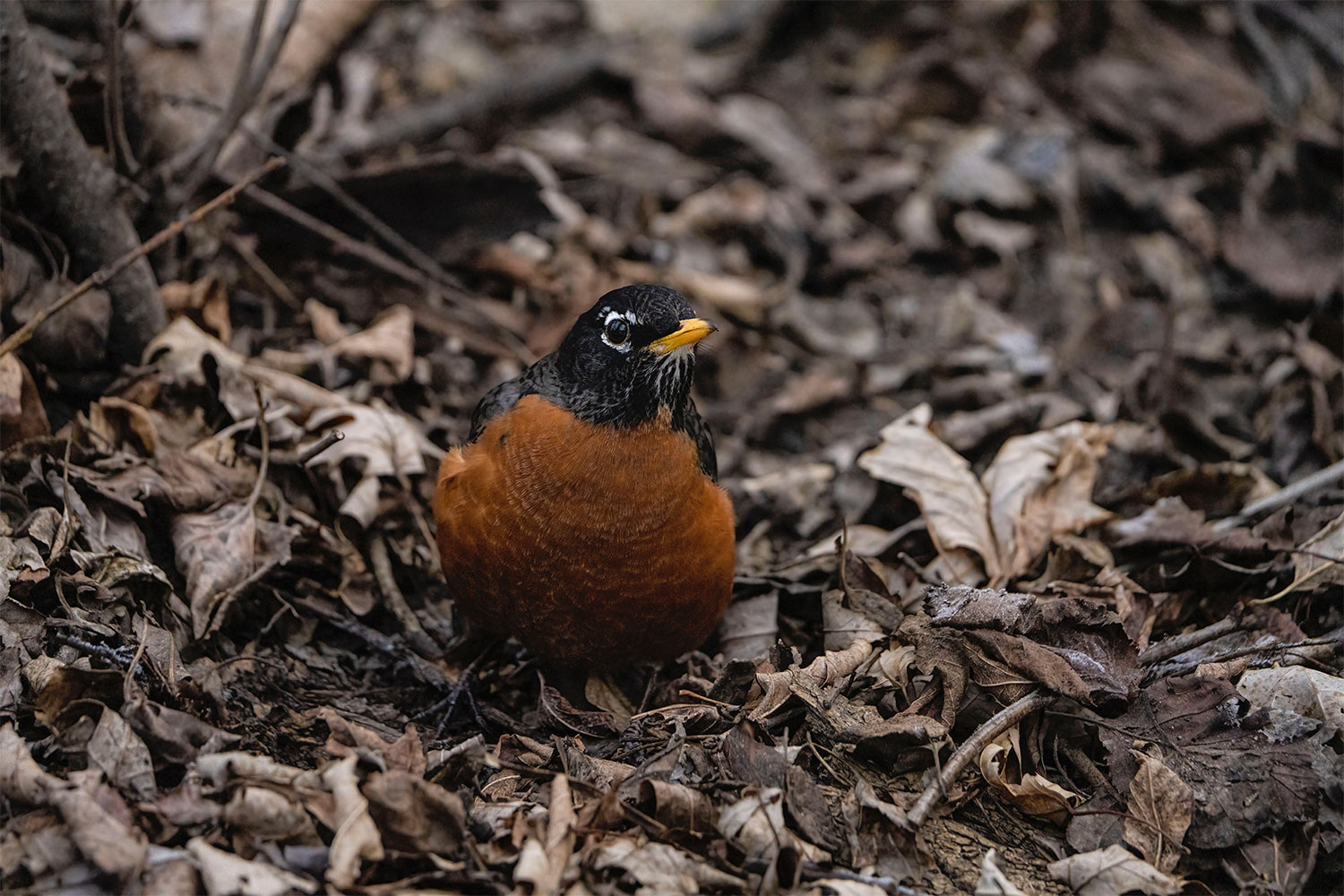
American Robin
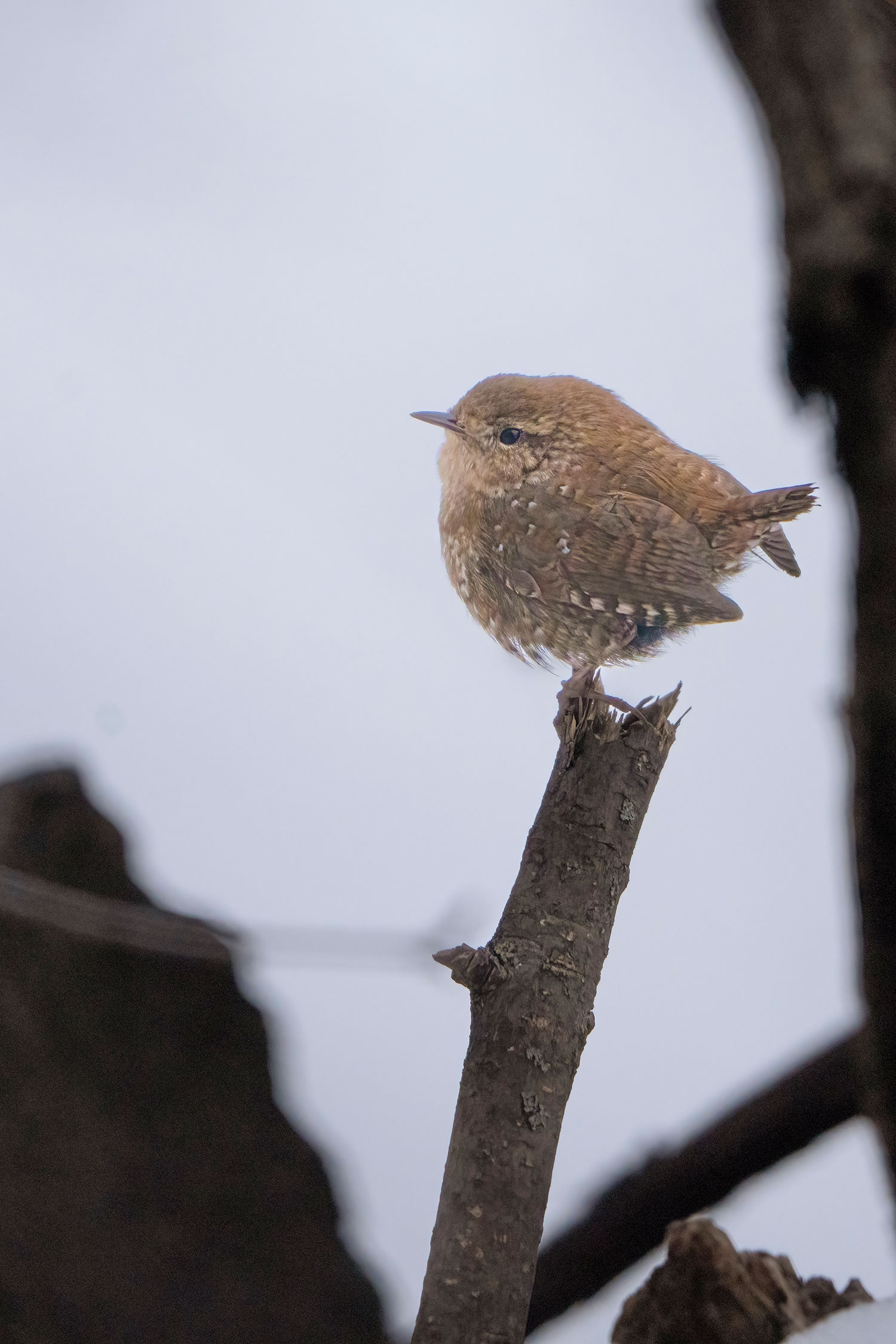
Winter Wren
The positive effects of the Milwaukee River on wildlife are compounded by the community’s dedication to this place. Friends of Estabrook hosts buckthorn pulls on select Saturdays in the fall. This Saturday, Estabrook Park will host Pollinator Palooza III, a wide-ranging event that encapsulates everything good about this high-flying village. At 9 a.m. you can help control invasives by partaking in a garlic mustard weedout. Then from 11 a.m. to 2 p.m. you can plant bird houses, plant bee habitats, and even score some free native plants. It’s an all-encompassing event that the greater Milwaukee community has access to. Throw a disc, have a beer, and get invested in nature during the height of spring migration. Pretty cool deal if you ask me.
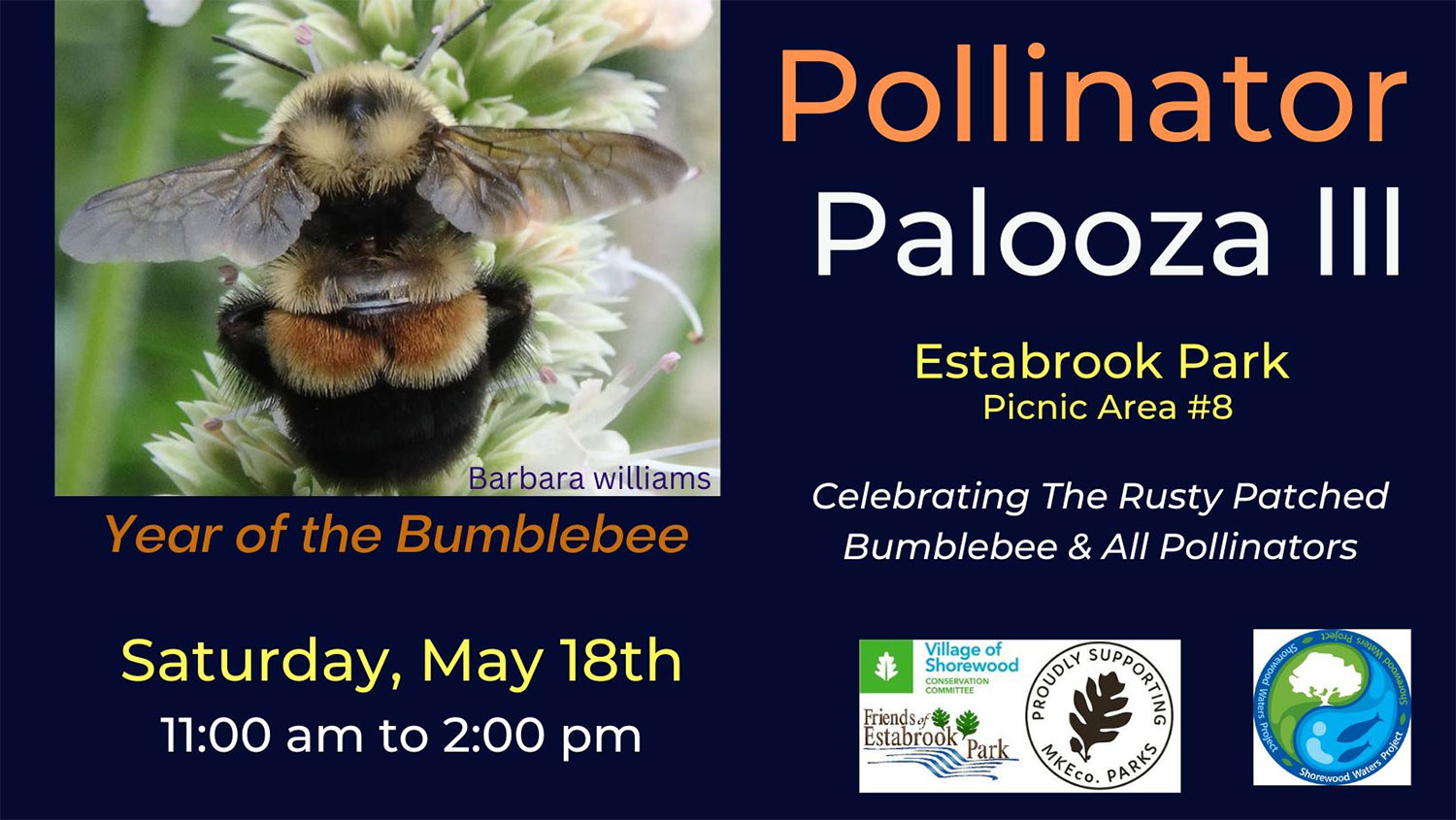
Another cool deal… No Mow May. To tell you more about it I reached out to Ryan Anderson of Midwest Grows Green and the IPM Institute. Please consider keeping your grass long in spring to promote pollinator species survival (i.e. natural bird food).
Q&A With Ryan Anderson, Sustainable Communities Group Specialist at IPM Institute and Midwest Grows Green

Milwaukee Record: Before we dive into No Mow May, tell us a little bit about Midwest Grows Green.
Ryan Anderson: Midwest Grows Green (MGG) is an initiative of the 501(c)3 non-profit IPM Institute of North America that educates and empowers citizens by helping them implement sustainable landscaping practices which reduce harmful runoff into waterways, protects the health of vulnerable citizens and reduces negative impacts of pesticides on non-target species such as pollinators. MGG has a goal to transition all public and private parks, playing fields and outdoor landscapes in the Midwest to organic management by 2030.
MR: I feel like No Mow May really took off in 2023, but for those unaware of the initiative, can you tell people what No Mow May is and why it’s an important practice to consider joining?
RA: No Mow May raises awareness of the global pollinator and insect crisis. Scientists project that the world loses 2.5% of insect mass per year. No Mow May practices such as cutting the grass less often, postponing spring cleanup until temperatures reach the 50s and growing a pollinator-friendly garden all help increase pollinator populations in urban environments.
Most pollinators such as bumblebees, mason bees, and carpenter bees emerge from their nests in May, when not many flowers bloom. Common weeds of dandelions, clover, and violets do bloom during this time and can help to fill the nutrition gap. Meanwhile, leaving twigs, leaves, and other lawn debris provides nesting spaces for native bees and forage for many caterpillars over the winter and into the early summer.
MR: Are there any myths surrounding No Mow May that you’d like to dispel? I know people can be very protective of their lawns.
RA: Personally, I think most of the myths/misunderstandings come from people who want to replace lawns with landscapes that have greater ecological diversity or integrity. These individuals believe that organizations participating or promoting No Mow May want manicured lawns to continue dominating the urban landscape in the future. That’s not the case in my opinion. MGG and our No Mow May partners frequently discuss the risks associated with turfgrass management and suggest alternatives to replace the lawn. Our No Mow May factsheet emphasizes pollinator gardens full of native plants as the ultimate goal for our engagement.
MR: No Mow May is only part of the solution to our rising insect crisis. If people are looking to make a difference for their backyard environment year-round, what are some other practices they can look into?
RA: Plant pollinator-friendly plants in your garden or yard that can provide a sustainable food source for pollinators. Some great choices are bee balm, foxglove, and goldenrod. Pollinators love mass plantings of the same plant as well as dense plantings of different plants. Also, avoid applying pesticides in your garden or yard. These chemicals kill or harm pollinators and their forage plants. Receive more pollinator-friendly landscaping tips by taking our Midwest Grows Green pledge HERE or reviewing our No Mow May Factsheet.
MR: One of the initiatives I want to give you time to highlight is your technical assistance program, where Midwest Grows Green provides green spaces to local communities, which includes spaces like schoolyards and parks. Tell us more about this project and who should consider applying for this opportunity.
RA: MGG’s Technical Assistance Program helps municipalities, park districts, and schools eliminate synthetic pesticides and fertilizers on outdoor landscapes and market these transitions to local communities. The program employs extensive soil testing, site mapping, photo documentation, and site monitoring to develop and implement a three-year sustainable landscaping management plan for one or two highly-valued green spaces. We’ve had a lot of recent success with schoolyard restorations in Milwaukee and Chicago. But, we also develop invasive weed management plans and pollinator protection plans. Anyone interested in receiving support can fill out our informational survey HERE.
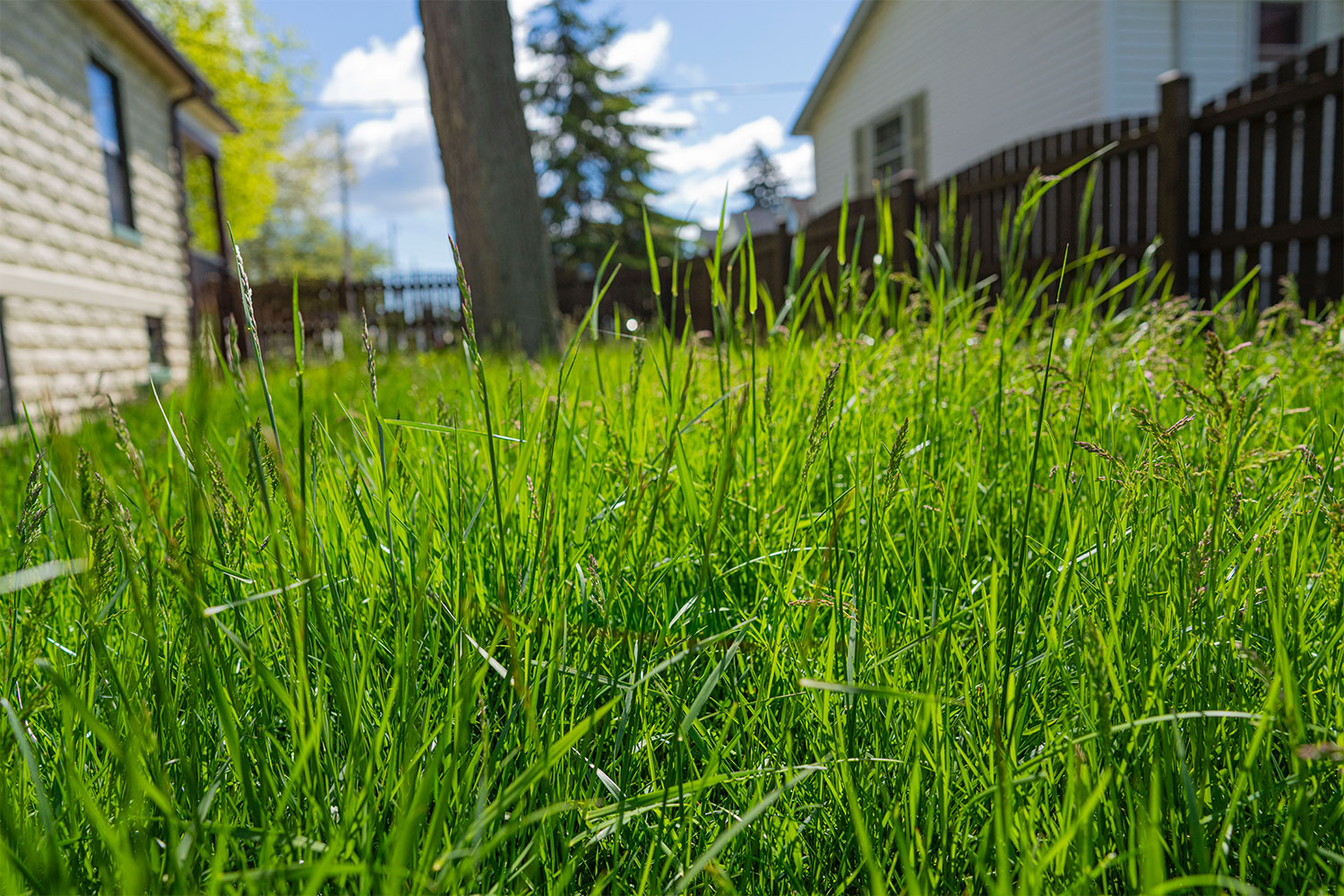
Want more Milwaukee Record? Subscribe to our free weekly newsletter and/or support us on Patreon.
RELATED ARTICLES
• Bird City, Milwaukee County: Signs of life in Greenfield
• Bird City, Milwaukee County: Touring the parks of Glendale (and keeping cats indoors)
• Bird City, Milwaukee County: Exploring the Schlitz Audubon Nature Center in the Village of Bayside

